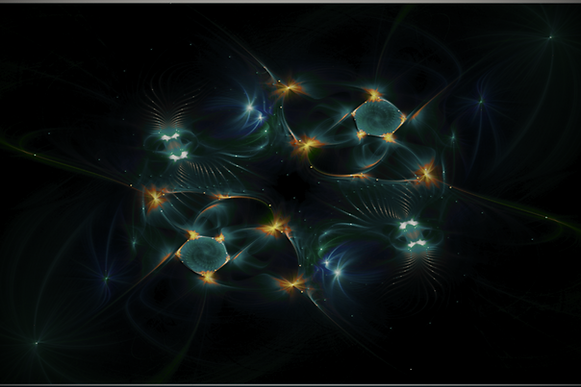

Interests:
TRINDADE, Gabriel
PhD candidate in Information Geometry
Bachelor's degree in Physics from the Institute of Physics of São Carlos (IFSC-USP), with a master's degree from the Institute of Mathematical and Computer Sciences (ICMC-USP) in the field of differential geometry. Currently, he is a PhD candidate in physics at the Fresnel Institute, working on geometric information theory and its applications in light polarization. He has experience in Ricci flow on surfaces, information geometry, and real hyperbolic geometry.
Research
Area



Information geometry emerged from the application of concepts from differential geometry, especially Riemannian geometry, to address statistical problems. Initially associated solely with statistics, it evolved and established itself as a distinct field of study, moving beyond purely statistical applications.
One of the milestones in this development was the growing importance of geometry in research, particularly with the study of statistical and dualistic manifolds. These manifolds are analyzed based on the underlying geometric structure of the spaces, investigating their geometric invariants and differential properties.
Currently, information geometry has a highly interdisciplinary character, finding applications in various fields, such as machine learning, classical and quantum information theory, and clustering studies, among others. One of the fundamental structures in this context is the space of covariance matrices, which has a natural differentiable manifold structure and a family of Riemannian metrics widely explored in the mathematical literature.
This space represents a natural intersection between geometry and statistics, but its relevance goes further. It can be identified with the space of partially polarized light states, introducing a third field of study at the interface among geometry, statistics, and optics. Thus, the statistical behavior of polarized light beams can be analyzed through geometric tools in curved spaces, expanding the understanding of optical phenomena from a new mathematical perspective.
This advancement highlights the richness of information geometry and its ability to connect different domains of knowledge, providing a sophisticated mathematical framework for investigating complex systems in various scientific areas.





.png)